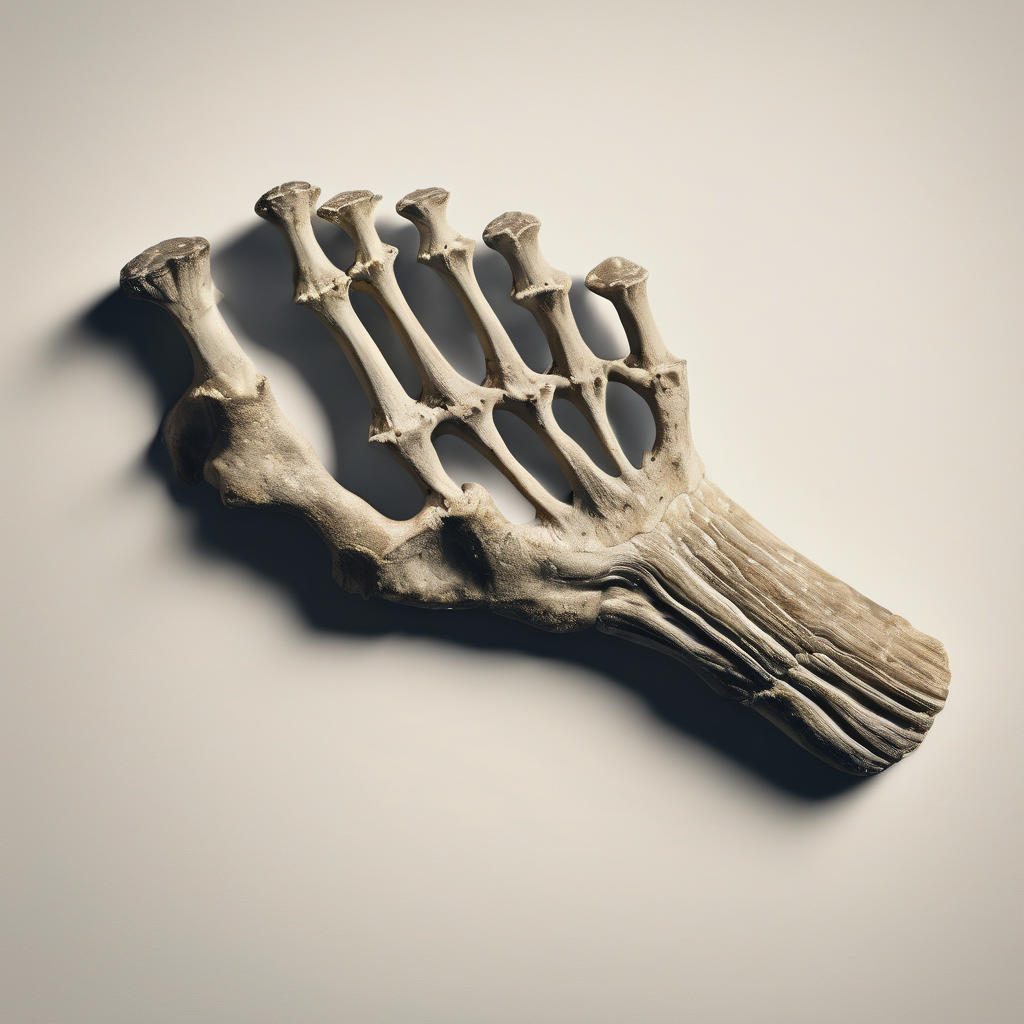Researchers have made a groundbreaking discovery near Lake Turkana in northern Kenya, unveiling fossils attributed to an extinct human relative, later identified as Paranthropus boisei, which date back approximately 1.52 million years. This important find includes hand and foot bones, along with other skeletal fragments, offering the first conclusive evidence of this species’ ability to grasp tools and move bipedally.
The partial skeleton, unearthed in the Koobi Fora region, features most of the hand, several foot bones, teeth, parts of a forearm, and fragments of the skull. While previous findings attributed to Paranthropus boisei included primarily cranial and dental remains, this new discovery provides vital insights into the species’ physical capabilities.
“Paleoanthropologist Carrie Mongle of Stony Brook University, the study’s lead author, emphasized the significance of connecting these specific hand and foot bones to Paranthropus boisei, stating that it has taken 65 years since the original discovery for researchers to achieve this confirmation,” she noted. The fossil’s hand structure suggests that this ancient relative possessed the ability to form precision grips akin to those of modern humans, indicating potential tool-making capabilities.
Co-author Louise Leakey of the Koobi Fora Research Project explained how the hand’s robust structure was likely adapted for powerful grips necessary for processing tough plant foods, while the fossilized foot bones indicate effective bipedal locomotion with an arch similar to that of contemporary humans. Previously, the lack of hand and foot fossils impeded understanding of this species’ lifestyle and resource utilization.
Paranthropus boisei was one of four hominin species that populated East Africa between one and two million years ago, sharing the landscape with contemporaneous species such as Homo habilis and Homo erectus. Notably, research last year demonstrated that these species, including Homo erectus, left overlapping trackways at Koobi Fora, hinting at community interactions and competition for resources.
Despite evolving with specialized adaptations, Paranthropus boisei eventually faced extinction, an evolutionary dead end in the timeline of human development. This ongoing exploration into human ancestry not only enriches our understanding of evolutionary biology but also inspires hope for future discoveries that may shed light on the intricate pathways that connect ancient and modern life. The resilience and adaptability demonstrated by these early human relatives remind us of the dynamic nature of evolution and the potential for continued learning about our origins.
